EXERCISES FOR THE GLUTES: BENEFITS OF EXERCISING THE GLUTES
When it comes to building a strong and balanced physique, it’s crucial not to neglect the gluteal muscles, commonly known as the glutes.
These muscles, comprising the gluteus maximus, gluteus medius, and gluteus minimus, play a vital role in our overall strength, stability, and athletic performance.
In this article, we will explore the numerous benefits of exercising the glutes and highlight some effective exercises to help you sculpt and strengthen this powerhouse muscle group.
3 benefits of glute exercises:
- Glute exercises can help reduce back pain. Weak glutes can cause lower back pain. By practicing glute exercises, you strengthen your glutes and hips to support your lower back and relieve back pain.
- Glute exercises can help improve posture. The glutes belong to a category of muscles known as stabilizers. They work together with other muscles in the posterior chain to help strengthen your back and prevent it from hunching.
- Glute exercises can help develop the entire posterior chain. The posterior chain includes the glutes, hamstrings, and erector spinae. Regardless of your fitness level, having a strong posterior chain is vital for preventing injuries and providing critical strength for a wide range of exercises.
One-leg glute bridges
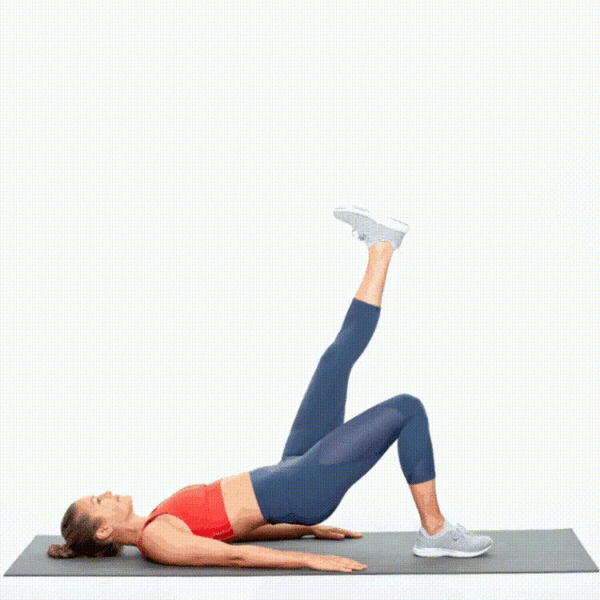
- Perform single-leg glute bridges by lying on your back with your palms facing down at your sides.
- Extend one leg, squeeze your glutes and push with the other leg.
- Keep your upper back in contact with the ground, raise your hips until your extended leg forms a straight line with your back.
Single Leg Deadlift
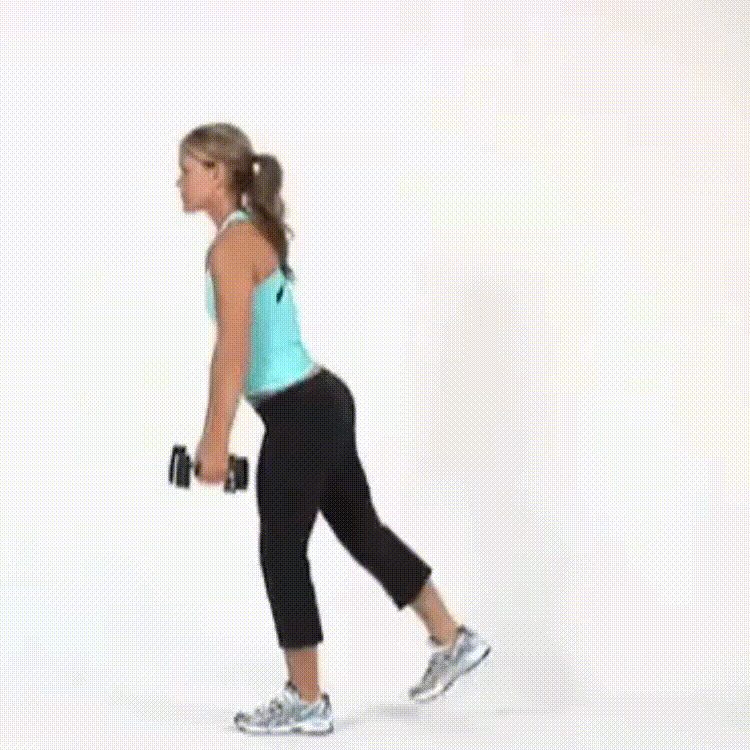
- The single-leg deadlift is an exercise characterized by a forward-flexion movement of the hips while lifting one leg off the ground and extending backwards.
- Single-leg raises work the muscle groups of the posterior chain, including the calves, lower back, hamstrings, and glutes.
Split Bulgarian Lunge
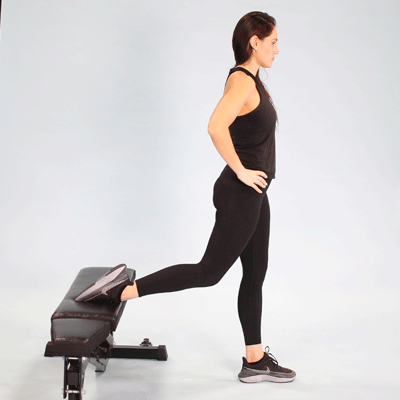
- Perform split Bulgarian lunges by placing your back foot on an elevated surface.
- Keep your torso upright with a slight forward lean.
- Rotate your front knee and ankle, activating your front leg as you lower your body.
- Pause when your back leg is a couple of inches off the ground.
- Return to standing and repeat this movement until you reach the desired number of repetitions.
One-Arm Deadlift
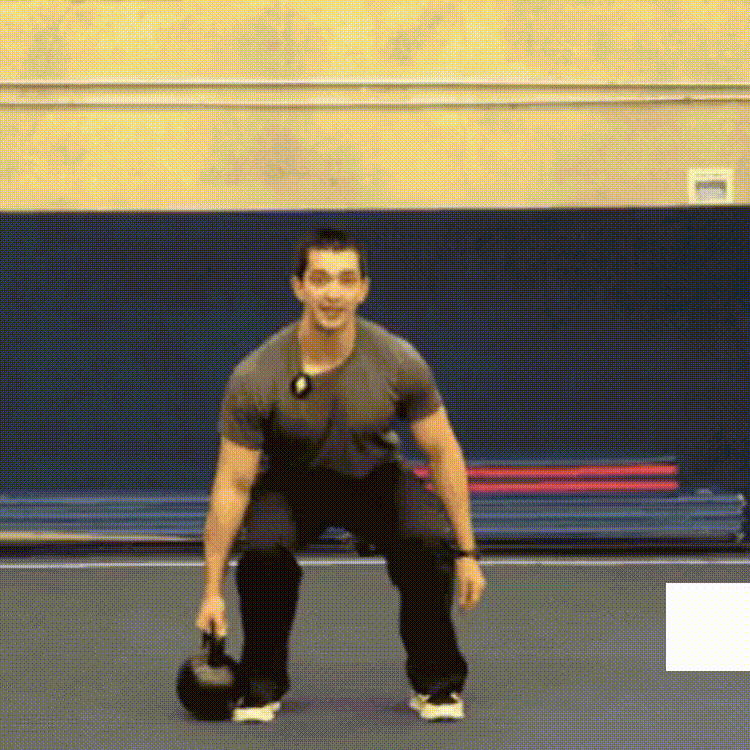
- Perform the lifts with your feet hip-width apart and support a weight next to your body.
- While keeping your torso and chest lifted, perform a lateral hip hinge movement to lift the weight off the floor.
- Stand up and squeeze your glutes before lowering the weight back down to your body.
- Repeat the movement for the number of repetitions you want.
Single Leg Hip Thrust
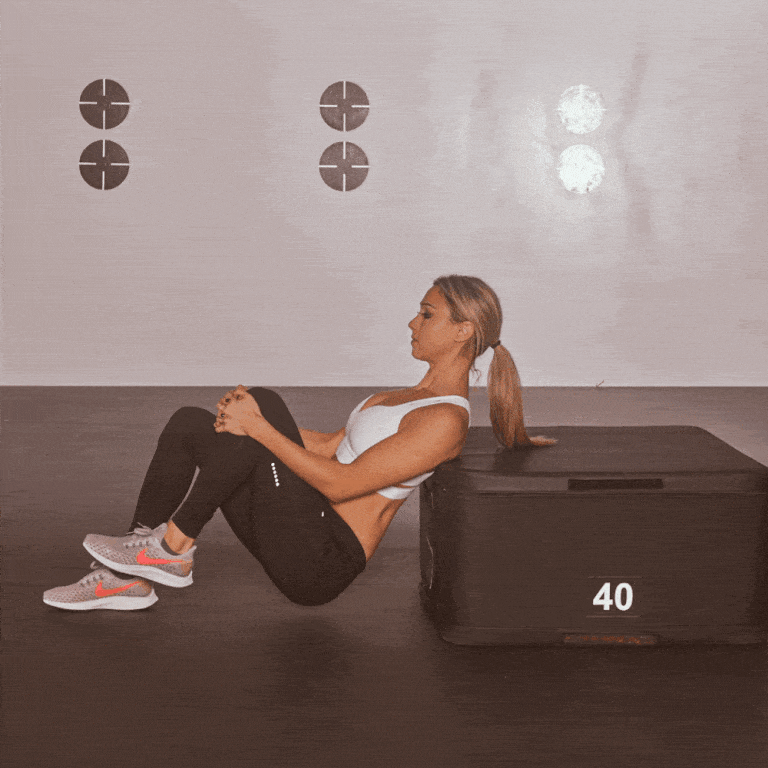
- The single-leg hip thrust is a lower-body exercise that activates the gluteal muscles.
- With proper form, the single-leg hip thrust can also work the muscle groups in the lower back and legs, such as the hamstrings, adductors, and quadriceps.
- Perform the hip thrust by resting your shoulders on a bench or elevated surface and lifting your hips off the ground with one leg.
Donkey kicks
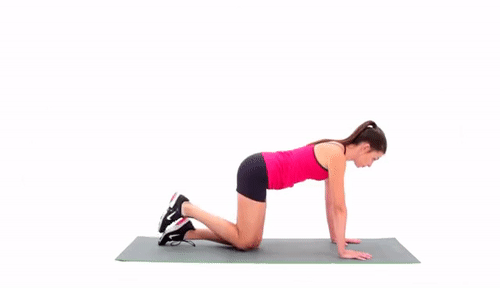
- Perform the kicks by getting on all fours or in a knee bend position.
- Keep your back straight and core engaged while lifting one leg behind you.
- Other variations of the kickback exercise are resistance band kickbacks and cable kickbacks with a cable machine.
Side Lunges
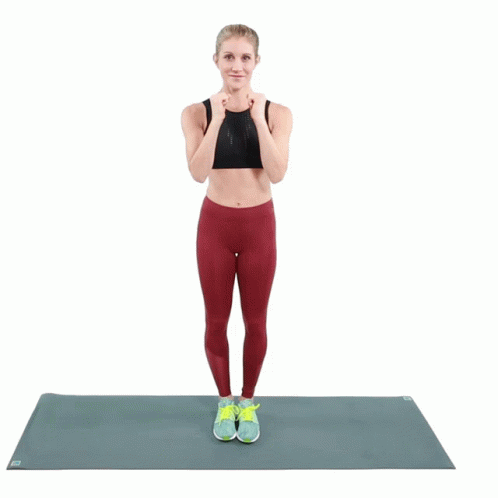
- Practice lateral lunges by moving your left foot to the side, extending your left leg while bending your right knee.
- Keep your upper body aligned and your back straight as you lower yourself down with your right leg.
- Once at the bottom of the movement, press with your right foot and rise back up to a standing position. For an added challenge, try placing a resistance band just below your knees to increase activation of your gluteal muscles.
Walking lunges
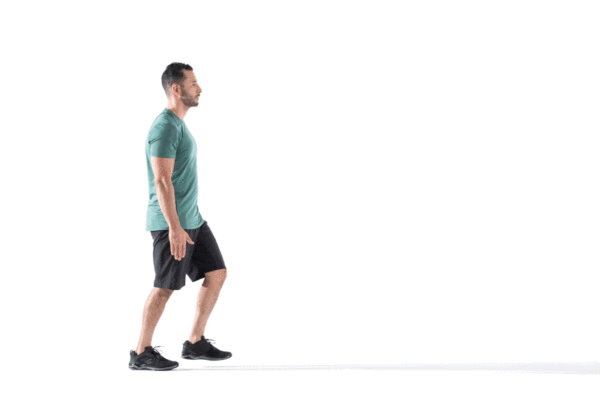
- To practice lunges, stand in the starting position with your feet shoulder-width apart, maintaining a slight bend in the knee.
- Take a big step forward with your right foot and lower your left knee to the ground.
- At the bottom of the stride, both legs should be at approximately a 90-degree angle.
- Drive your right heel to return to the starting position. Repeat with the opposite side.
- When practiced in quick succession, walking lunges can also provide a great cardiovascular workout.
Sumo squats
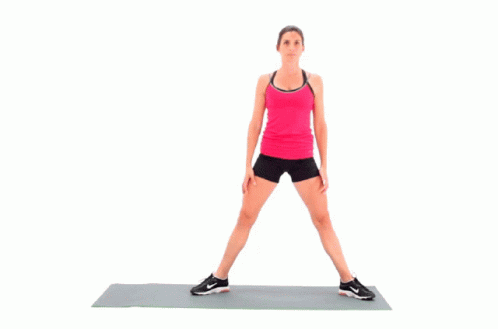
- Perform the sumo squat exercise using a wider stance than the hip width associated with the standard squat.
- Keeping your back straight, lower yourself from a standing position to a squat position.
- Squeeze your glutes and straighten your legs to return to standing.
- Repeat this movement for the number of repetitions you want.
Reverse Lunges
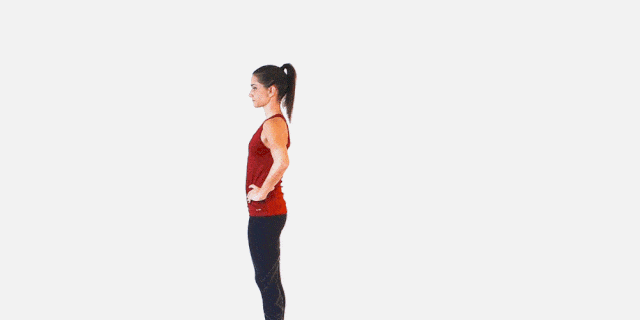
- Reverse lunges are a bodyweight glute exercise. Perform reverse lunges by stepping back, keeping your upper body aligned and your back straight.
- Lower yourself just enough so that your front leg forms a 90-degree angle.
- With proper form, reverse lunges are one of the most accessible lunge variations for strengthening your glutes.
Step-Ups
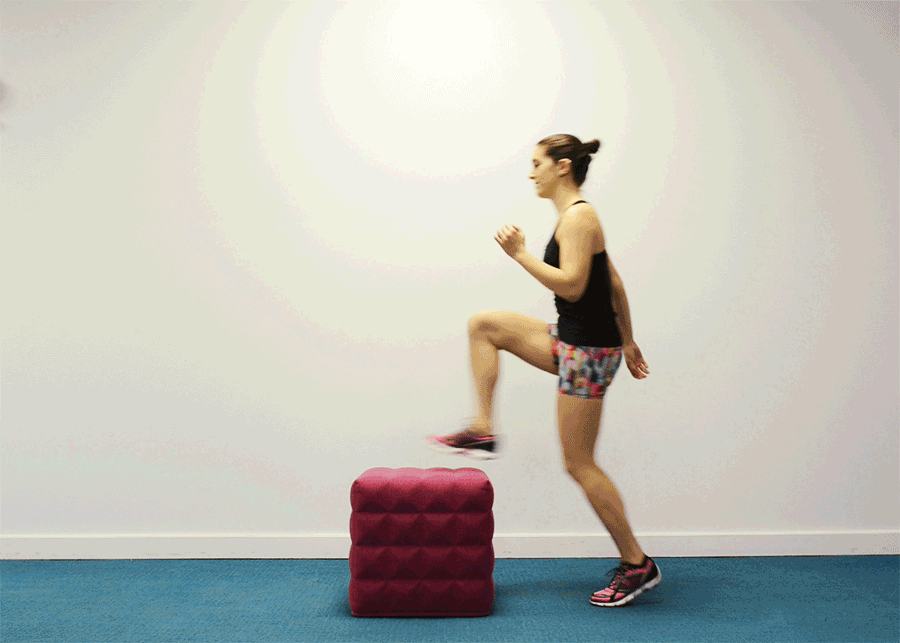
- Perform step-ups by standing in front of a raised surface at knee height, such as a plyometric box or bench.
- Place your right foot on top of the raised surface and push with your right leg to lift your body onto it.
- Slowly lower yourself down with your left leg and perform the next rep leading with your left foot.
- Hold a set of dumbbells or kettlebells throughout the movement to increase the challenge.